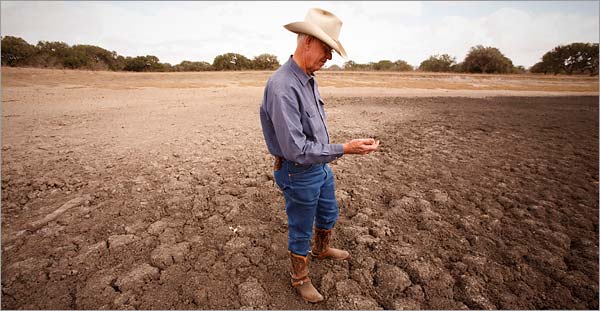Creating better habitat for wildlife has become more important as natural lands have been lost or converted for other uses. Of course, habitat is always relative to the animal we are discussing — because quail habitat is not the same as duck habitat. Native grasslands have been one of the hardest hit plant communities in the United States, so animals that use this area have been highly impacted. But, native grass can be planted and re-established for grassland-using wildlife species.
When it comes to good-for-wildlife grasses, native grasses are of course the only way to go. Good grasses over much of the Great Plains would be species such as big bluestem, little bluestem, Indiangrass, sideoats grama, and switchgrass. Switchgrass really works good in drainages and wetter areas within grasslands. Also, if you want the cream of the crop grass try some eastern gamagrass. Continue reading Planting Native Grass for Wildlife Habitat
